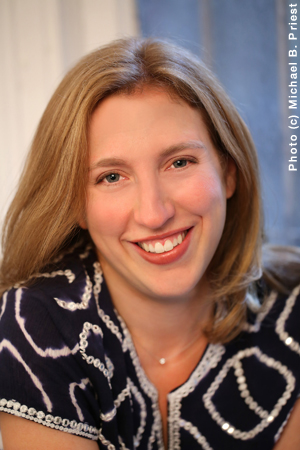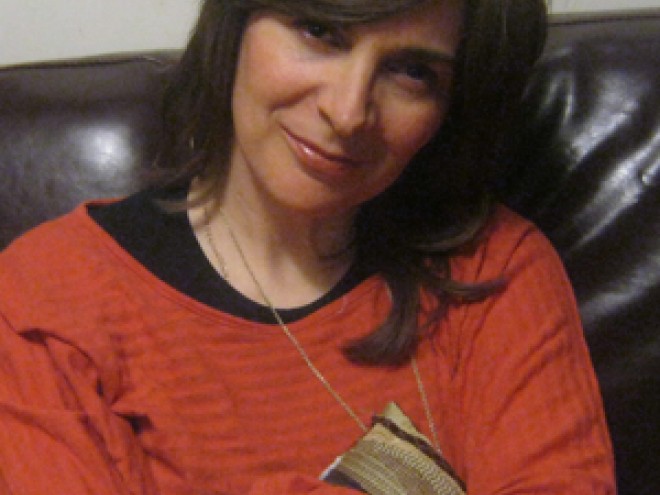Speaking with Dara Horn on the phone felt like conversing with one of my brightest, most enthusiastic friends. Since I was the first person to interview her regarding her new book, I was her “sounding board” as she excitedly discussed A Guide for the Perplexed. She will travel the country during Jewish Book Month for JBC.
 Miriam Bradman Abrahams: How did you come up with the idea for your new book?
Miriam Bradman Abrahams: How did you come up with the idea for your new book?
Dara Horn: I had been asked to write fiction inspired by a specific abstract artwork for an exhibit at Yeshiva University Museum which showed contemporary art inspired by the book of Genesis. I wrote a piece called “How Did It Begin” about two sisters who destroy each other, taking my ideas about family and personal identity from the story of Joseph.
MBA: There are references in the book not only to the stories of Joseph being thrown into the pit by his brothers and sold into slavery in Egypt, but also to Tamar’s seduction of Judah in order to maintain the family, and Rachel and Leah’s sibling rivalry. You have also woven episodes from the lives of historical figures in this contemporary fiction. The dynamics in the relationships of the Rambam with his brother David, Solomon Schechter with his twin brother, Srulik, the twin Victorian adventurers Agnes Smith and Margaret Lewis, live alongside the invented modern day sisters Josie and Judith. Why are there so many sisters and brothers in the novel?
DH: I have always been interested in sibling relationships, both biblical and personal. I think siblings share a past but not a future. However, the past shared is so different based on individual memory. For example, Schechter and his brother make life decisions based on their different interpretations of their father’s insightful advice. Josie and Judith remember opposing experiences growing up with their mother. By the way, my own sibling relationships have been wonderful!
The novel also came out of my interest in the Genizah, the repository of hundreds of thousands of stored documents written in Hebrew from 870‑1880. I had the opportunity to view some of them during the year I studied in Cambridge and was especially interested in documents which inadvertently recorded the daily existence of the people of Fustat. I have kept journals since I was a child and am fascinated with the idea of recording and preserving things.
Continue ReadingMiriam Bradman Abrahams, mom, grandmom, avid reader, sometime writer, born in Havana, raised in Brooklyn, residing in Long Beach on Long Island. Longtime former One Region One Book chair and JBC liaison for Nassau Hadassah, currently presenting Incident at San Miguel with author AJ Sidransky who wrote the historical fiction based on her Cuban Jewish refugee family’s experiences during the revolution. Fluent in Spanish and Hebrew, certified hatha yoga instructor.
